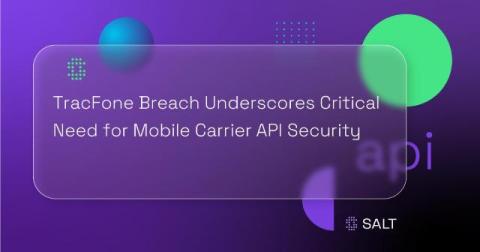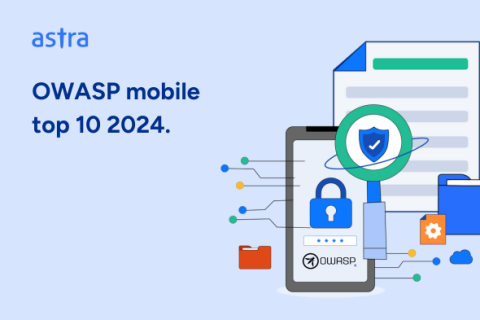Supply Chain Visibility: The Key to NIS2 Coordinated Risk Assessments
The path to NIS2 compliance is less about ticking boxes and more about fostering a resilient, proactive cybersecurity culture across the organisation and its extended network. While the challenges pertaining to third-party and supply chain risk management are significant, they are not insurmountable—especially if we break them down. Today we will focus on understanding a very specific NIS2 requirement: Coordinated Risk Assessments.











